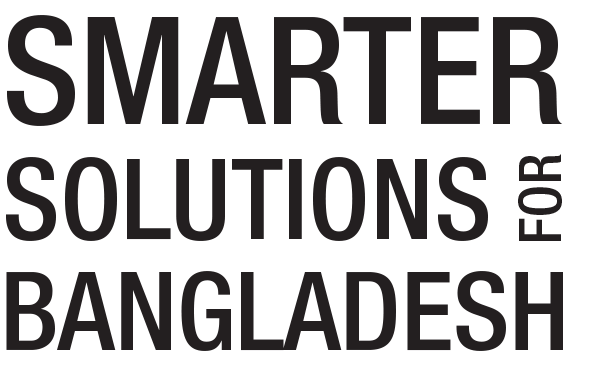Bangladesh Priorities: VAT, Nandi and Khondker
Government tax revenue is equal to just 11 percent of the size of the entire economy in Bangladesh. So despite the fact that the country has great potential to boost revenue earnings, much of it goes untapped. Over the next five years, the government aims to increase this tax-to-GDP share to 14 percent.
When it comes to strengthening the tax base, the VAT is a crucial issue, because revenues collected from it and income tax combine to account for 70 percent of all tax revenue. Bazlul H. Khondker, a professor of Economics at the University of Dhaka, and Biplob Kumar Nandi, a senior lecturer of economics at East West University, find that modifying the VAT and its collection is one of the most promising strategies to mobilize more resources for government.
| Strategy | Takas of benefits per taka spent |
|---|---|
| Reform VAT and automate collection | 6 |
The second part of the strategy relates to automating the system by which the government collects the VAT. The research proposes streamlining the tax-filing process to make it much easier to comply with tax regulations and to file returns. Instead of having to navigate paperwork, vendors would be able to use an electronic submission and return process. This would lower the costs of complying with the tax code, and the researchers estimate that the number of registered online VAT payers would increase from 35,000 to 85,000—fully 50,000 more companies would voluntarily pay their taxes. This change would raise tax revenue by Tk 24.2 billion.The economists first analyzed a change the way that the 15 percent VAT is calculated. Currently, the National Board of Revenue (NBR) sets tariff values for all goods and services, and these values consequently determine VAT revenues. Replacing those tariff values with actual market prices would have a significant effect, because the NBR undervalues many goods and services—the change would more than double VAT revenue, adding Tk 76.4 billion in tax revenue.
The two-part solution—abolishing the tariff-setting process and automating VAT collection—would raise the nation’s tax-to-GDP ratio by nearly 1 percentage point, equivalent to Tk 100.4 billion of additional tax revenues per year.
The true benefits of mobilizing more government resources, however, would depend entirely upon what the extra tax revenue accomplishes. Our analysis assumes that the additional funds are most likely to be spent on infrastructure projects that Bangladesh greatly needs—road and rail transportation, the electrical grid, and water supply systems. When you calculate the net effects of the tax reforms, plus the benefits from infrastructure spending, every taka spent toward making the VAT system more efficient and effective in this way would do almost 6 takas of good, assuming the revenues are spent on infrastructure projects.

